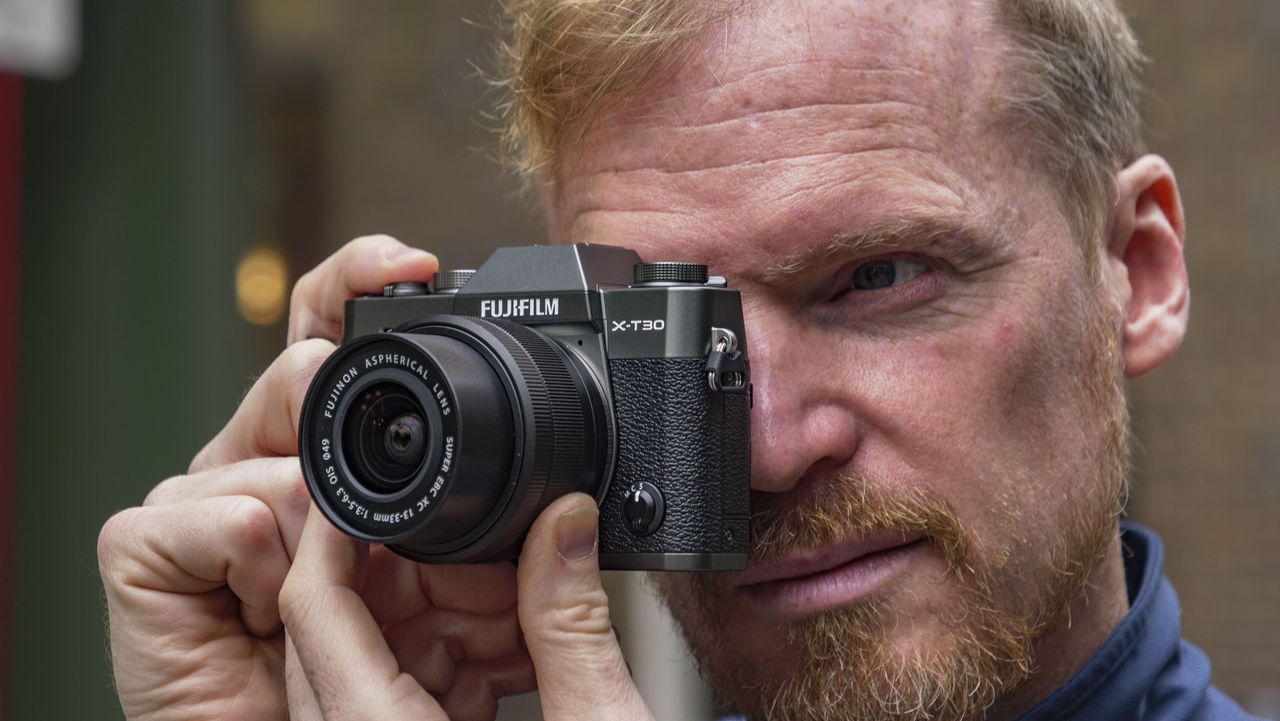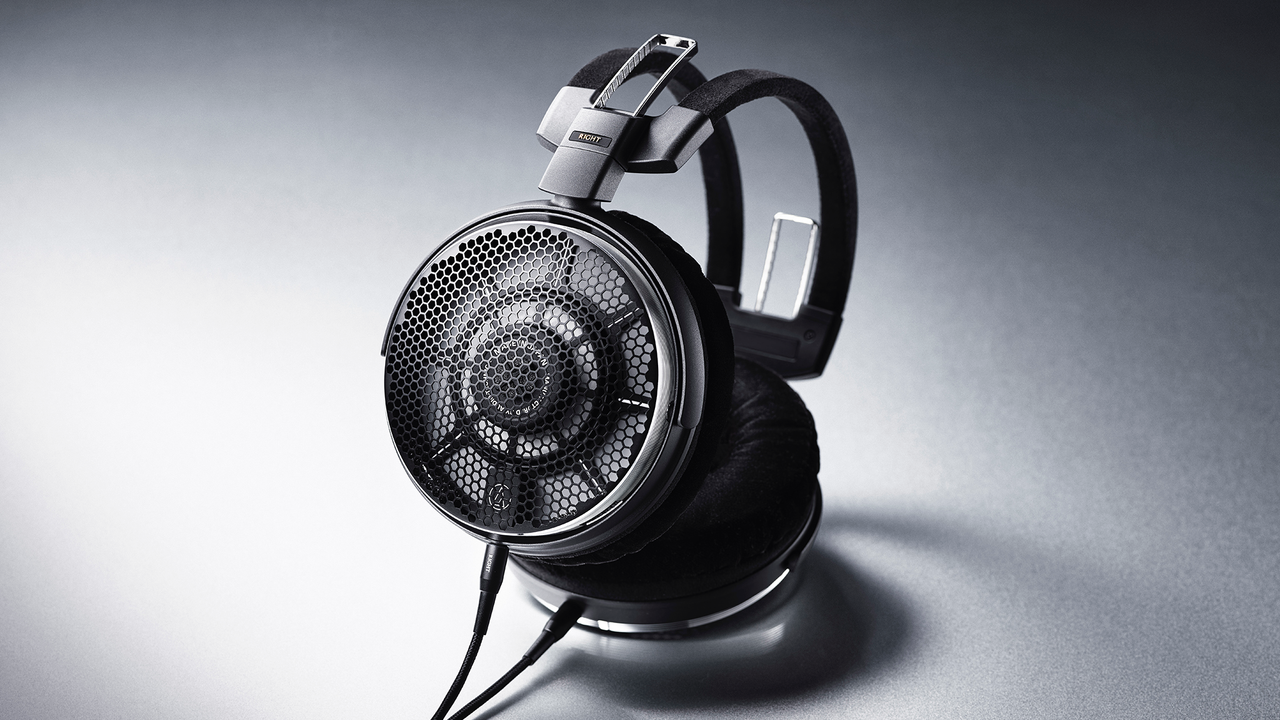Why you can trust TechRadar
We spend hours testing every product or service we review, so you can be sure you’re buying the best. Find out more about how we test.
Fujifilm X-T30 III: two-minute review
Fujifilm has updated its beginner mirrorless camera for photographers with the new X-T30 III, which comes four years after the Fujifilm X-T30 II.
It launches alongside a tiny new XF 13-33mm f/3.5-6.3 OIS kit lens (that’s a 20-50mm effective focal length) that’s smaller and lighter than the 15-45mm, the previous kit lens packaged with Fujifilm’s low-cost cameras. The portable pair weigh just 17.7oz / 503g combined.
Otherwise, the size, weight, profile and control layout are pretty much identical to the X-T30 II – this is a really small camera and lens combo that easily slips into a jacket pocket.
Headline features include the same 26MP sensor and current fifth-generation processor combo as used in the X-M5 and X-S20. This means the X-30 III sits below the pricer X-T50, which uses the latest 40MP stabilized sensor.
It has more in common with the slightly pricier X-S20, which with its in-body image stabilization, feels like a better pick. Otherwise, the specs are almost identical to those of the X-M5, which, with its viewfinder-less video-first design, costs less.
Despite its photography-friendly design, which also factors a built-in flash, the X-T30 III does in fact have the same video features as the compact X-M5, including 6K video with 10-bit color depth, 4K 60fps video and a vertical 9:16 short movie mode for social.
Personally, I think Fujifilm’s X-series range is getting a little crowded now, and would have liked to have seen the X-T30 III priced around 10% lower to help it to truly stand out for beginners.
However, it’s still a compelling retro package – $1,150 / £1,000 / AU$1,950 for an attractive portable camera and lens with sharp 26MP stills and impressive 6K video is pretty respectable.
Fujifilm X-T30 III: price and release date
- Costs $999 / £829 / AU$1,679 body-only, or $1,149 / £999 / $1,949 with the 13-33mm lens
- Available in silver, black and charcoal
- Sales start on November 20, 2025
Designed for beginners, the X-T30 III is available from November 20 in silver, black and charcoal options, for a body-only price of $999 / £829 / AU$1,679, or with the new 13-33mm lens it costs $1,149 / £999 / $1,949.
The X-M5 remains the lowest-priced model in Fujifilm’s range of X-mount cameras; the X-S20 is a fraction more, while the X-T50 is more again. Considering its features, I would prefer that the X-T30 III was around 10% cheaper in order for it to be more competitive.
Fujifilm X-T30 III: specs
|
Video |
6K 30fps / 4K 60fps, 9:16 mode |
|
Photo |
26MP APS-C |
|
Lens mount |
Fujifilm X |
|
Autofocus |
Intelligent hybrid phase / contrast |
|
Cont shooting |
8fps (mechanical), 20fps (electronic), 30fps (electronic with 1.25x crop) |
|
Screen |
3-inch, 1.62m-dot tilt touchscreen |
|
Viewfinder |
2.36m-dot |
|
Weight |
13.3oz / 378g (incl battery and card) |
|
Battery |
NP-W126S (same type as in most of Fujifilm’s current cameras), 425 shots |
Fujifilm X-T30 III: Design
- Weights just 378g, same dimensions as the X-T30 II
- Film simulation dial in place of a shooting mode dial
- Built-in EVF, flash and tilt touchscreen
The X-T30 III is a tidy, compact retro package, especially with the new 13-33mm lens – the pair weigh less than most rival cameras without lens attached, and I easily slipped the combo into my jacket pocket when I wasn’t using it. The camera is available in three colors and it certainly looks the part, especially in silver.
The pronounced thumb rest gives a decent grip, and I happily (and securely) held the camera with one hand in both horizontal and vertical formats.
There’s a quick menu button conveniently placed on that thumb grip, but all too often I found myself pressing it unintentionally. It’s not a big drama as you just have to exit the menu, but it’s something to be aware of.
The rear touchscreen is tilt only and not fully vari-angle, which means you won’t be able to easily shoot selfies.
I’m personally fine with the tilt design, which is handy for waist-level viewing. Also, the positioning of the USB-C, micro HDMI and mic ports on the side would obstruct a flip around screen, when those ports are in use.
The 2.36m-dot EVF is clear enough for such a small camera – I regularly used it rather than the screen, and it will be particularly helpful on bright sunny days for photography.
We now have a film simulation dial in place of a shooting mode dial – that’s consistent with the latest models including the X-T50.
I can see the reasoning – quick access to color profiles and film recipes is great if you like to regularly experiment with different looks.
Personally, I switch exposure mode more often than color profiles, so I’m a bigger fan of the shooting mode dial which is sacrificed for film simulations.
In my limited time with the camera, I actually couldn’t figure out how to switch to aperture priority – my default exposure setting – and so resorted to the new auto mode instead which selects shutter speed and aperture based on the scene. The X-T30 III certainly feels designed for beginners.
There’s a built-in flash, one of only three current beginner models with such a feature. The GN7-rated (ISO 200) flash is handy to have for sure, especially at parties. You only tend to get a built-in flash in beginner cameras which aren’t weather sealed, like the X-T30 III, because they usually compromise weather sealing.
Fujifilm X-T30 III: Performance
- New processor delivers 10% better battery life
- New Instax mode for instant photography fans
- Digital stabilization only
Packing Fujifilm’s latest processor, the X-T30 III is a snappier camera than the X-T30 II. For example, 8fps (mechanical) and 20fps (electronic) burst shooting are sustained for 2x longer, for up to 173 JPEGs. That max speed can be upped to 30fps (electronic) with a 1.25x crop.
Fujifilm also says battery life is improved by 10% thanks to the new processor, for up to 425 shots.
Autofocus receives a boost, too, with Fujifilm’s latest subject detection on board, which in addition to people can track animals, birds, cars, insects and more.
There’s also a new Instax instant photography mode which can display mini, square and wide Instax formats for framing your shot, with direct wireless printing to Instax Link printers. I haven’t used this mode yet, but it sounds like a great option for instant photography fans.
For me, the biggest sacrifice here versus a pricier model such as the X-T50, is in-body image stabilization. There’s digital image stabilization only, which is certainly better than nothing, but does somewhat limit the possibilities for smooth handheld video footage. The same goes for creative slow-shutter-speed photography.
Fujifilm X-T30 III: image quality
- 26MP stills and film simulations
- 6k 30fps, 4k up to 60p, and 9:16 short video mode
- 10-bit color depth for video
I’ve only used the X-T30 III for two hours, but I know what its image quality potential is, having reviewed the X-S20 and X-M5, which both share the same sensor and processor.
Sure, pricier Fujifilm cameras such as the X-T50 and X-T5 boast Fujifilm’s latest 40MP sensor for highly detailed photos, but the X-T30 III is no slouch, and still outshines other crop-sensor rivals for detail with its 26MP stills (and 14-bit ‘RAF’ format RAWs), such as the 20.9MP Nikon Z50 II, the 24MP Canon EOS R10 and the (older) 24MP Sony A6400.
Having Fujifilm’s film simulations at your fingertips is handy, including customizable film recipes, even if that makes shooting-mode changes much more of a hassle. I’ve shot using various profiles in the galleries above and below, including Velvia (vivid), Reala Ace, Acros (monochrome) and others.
Video quality is excellent, too – 6.2K video and 4:2:2 10-bit color depth is excellent at this price point, even if in-body image stabilization is missing.
What I’m yet to discover, given my limited time with the kit, is just how good the new 13-33mm lens is, at least versus the previous 15-45mm kit lens. This detail matters because most people will buy the camera with the new kit lens, and I’ll share my thoughts after spending more time with the camera and lens pairing.
Fujifilm X-T30 III: also consider
How I tested the Fujifilm X-T30 III
- I had just two hours with the X-T30 III and 13-33mm lens
- I took a walk through London’s China Town
- I mainly took photos, using the various film simulations
I’ve used the X-T30 III with 13-33mm lens for just a couple of hours, shooting street photos and a handful of videos around London’s China Town.
I already know what the X-T30 III’s image quality potential is, having reviewed the X-S20 and X-M5, which both share the same sensor and processor. The lens, though, is less of a known quantity.
I’ve shot using various film simulations, completely handheld during an overcast day in London. As with most cameras pre-launch, I could only view JPEGs, because the raw files aren’t readable before launch in software such as Adobe Camera Raw.




